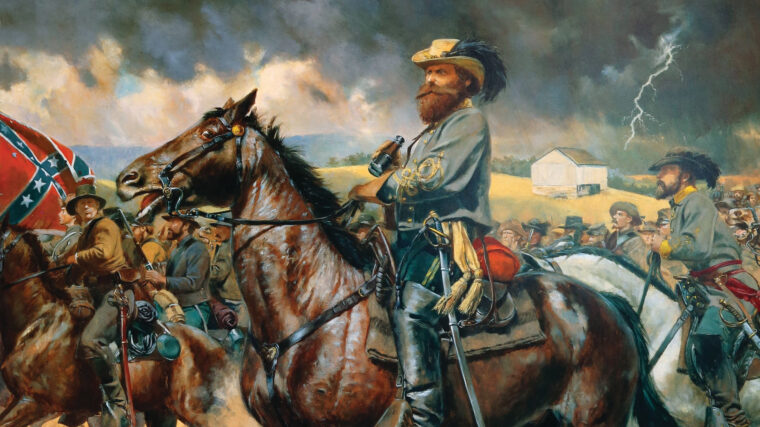
J.E.B. Stuart
The Battle of Hagerstown
By Daniel MurphyLate in the evening of July 3, 1863, Major General James Ewell Brown “Jeb” Stuart was summoned to the headquarters of Robert E. Read more

General J.E.B. Stuart was commander of the Cavalry Corps of General Robert E. Lee’s Confederate Army of Northern Virginia for much of the Civil War. J.E.B. Stuart was superb in the role, providing the army with valuable reconnaissance as its eyes and ears, while deftly supporting battlefield operations. J.E.B. Stuart was the ideal of the “cavalier,” dashing in full uniform with a rakish plumed hat. Stuart’s reputation, however, was tarnished during the Gettysburg Campaign, in which he lost contact with General Lee for several crucial days. Stuart was mortally wounded at the Battle of Yellow Tavern and died at the age of 31 on May 12, 1864.

J.E.B. Stuart
Late in the evening of July 3, 1863, Major General James Ewell Brown “Jeb” Stuart was summoned to the headquarters of Robert E. Read more
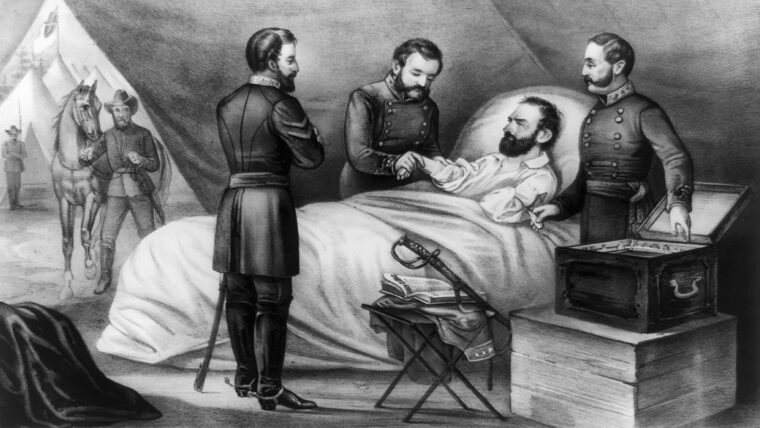
J.E.B. Stuart
Following his greatest victory, at the Battle of Chancellorsville on May 2, 1863, Confederate Lt. Gen. Thomas J. Read more
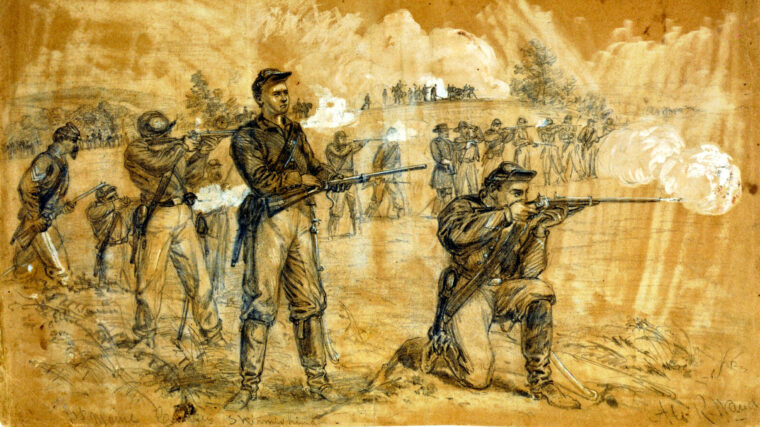
J.E.B. Stuart
For the Federal government at Washington, D.C., the news from Tennessee was grim in late September 1863. The Union Army of the Cumberland, under Maj. Read more
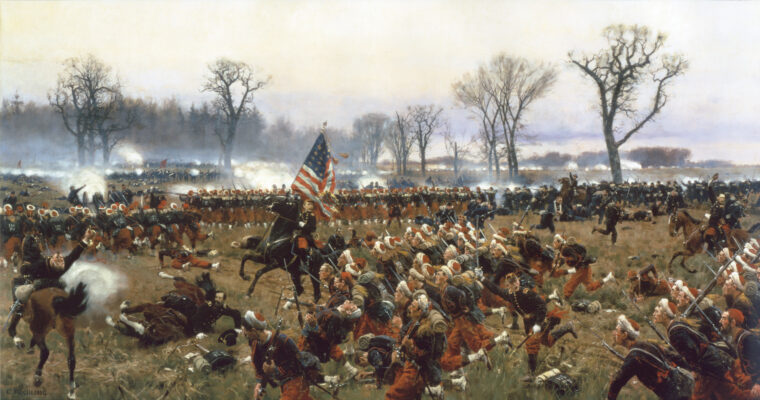
J.E.B. Stuart
Word spread like wildfire through the camps of the Army of the Potomac during the second week of November 1862: “Little Mac” was out, “Old Burn” was in. Read more
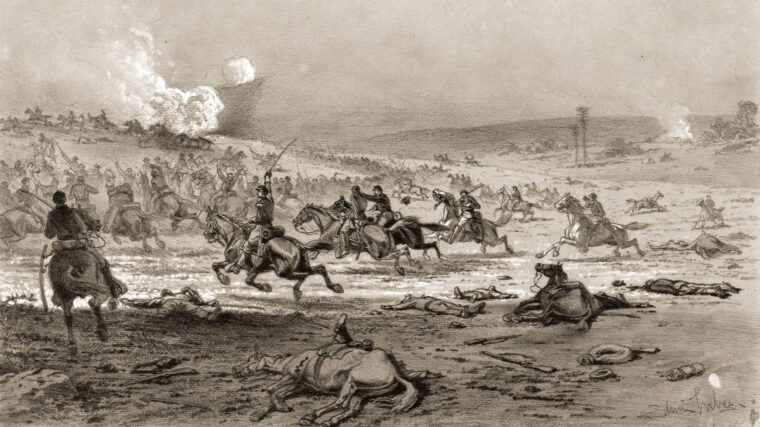
J.E.B. Stuart
“We have been badly used up,” a sergeant in the 5th New York Volunteer Cavalry Regiment complained in a letter to his wife on May 8, 1864, four days before J.E.B. Read more
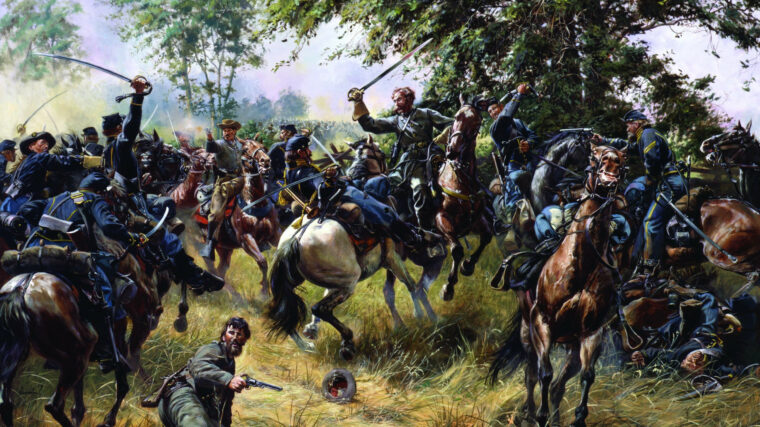
J.E.B. Stuart
An angry gloom hung like dust over the 6,000 Confederate cavalrymen trooping up the York Turnpike in the early dawn of July 3, 1863. Read more
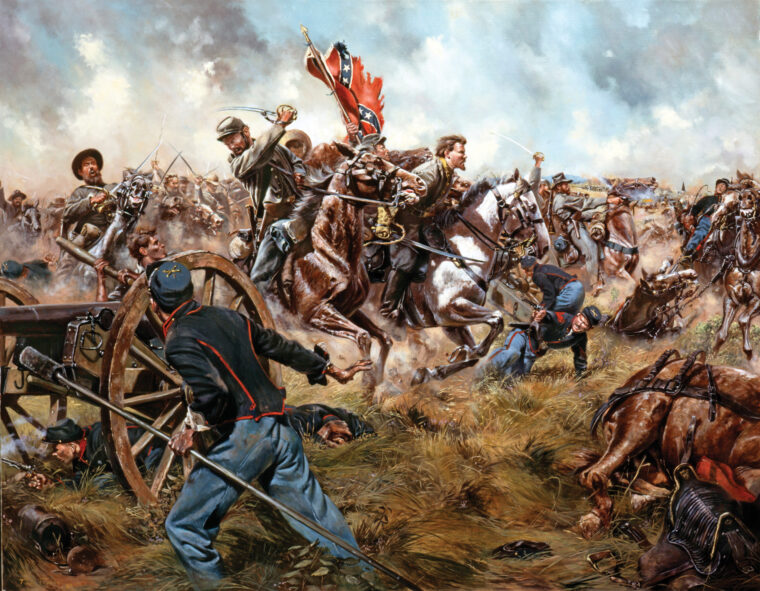
J.E.B. Stuart
Major Henry B. McClellan should have had a quiet afternoon. At dawn on June 9, 1863, Union cavalry had launched a surprise attack on Maj. Read more
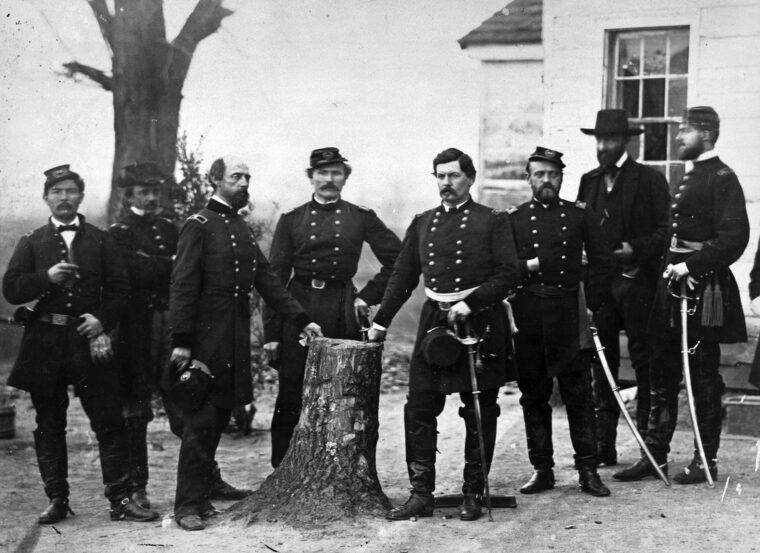
J.E.B. Stuart
After an almost uninterrupted, four-month-long string of Union successes beginning in early 1862, followed by the advance of a 100,000-man enemy army to the eastern outskirts of its capital at Richmond, Virginia, the Confederacy suddenly found itself in a life-or-death struggle for its very survival. Read more
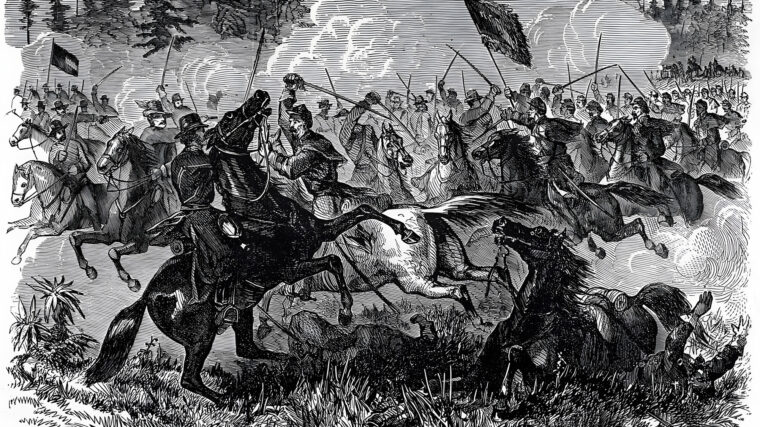
J.E.B. Stuart
Napoleon Alexandre Duffie was born on May 1, 1833, in Paris, France. His father, Jean August Duffie, was a prosperous sugar refiner and mayor of the village of La Ferte-sous-Jouarre. Read more
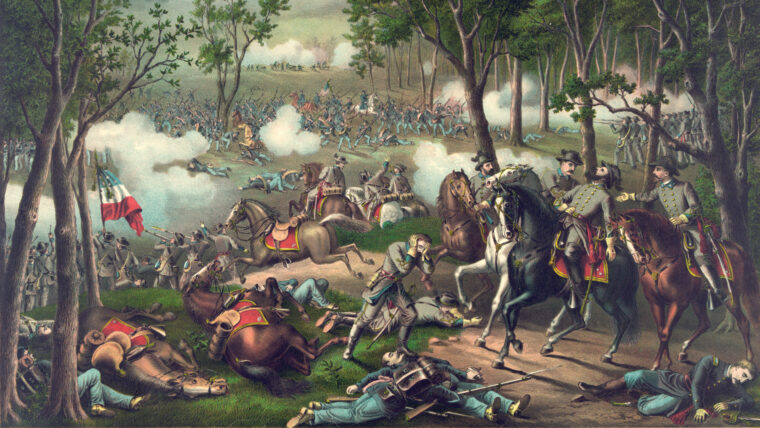
J.E.B. Stuart
Historians began writing about the Civil War even before it had become history. Battlefield accounts by traveling correspondents were a staple of Northern and Southern newspapers during the war, and a flood of memoirs, letters, official records, and unit histories followed in the decades after the war. Read more
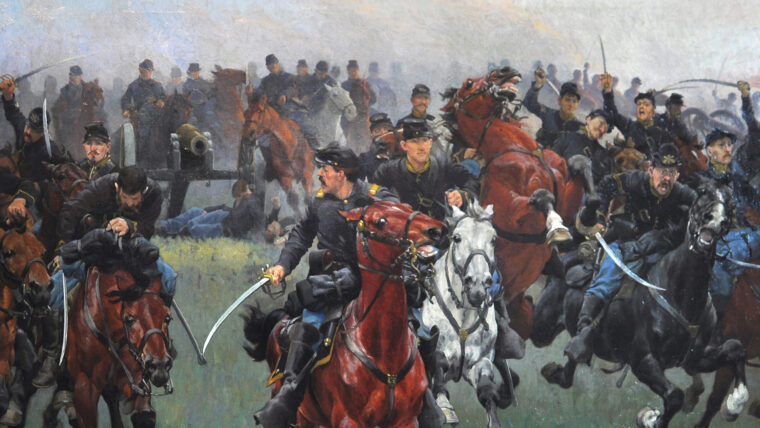
J.E.B. Stuart
The celebrated 2nd U.S. Cavalry, like its brother regiment the 1st U.S. Cavalry, was formally created by an act of Congress in March 1855. Read more
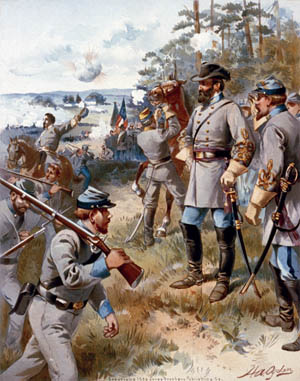
J.E.B. Stuart
Following his greatest victory at the Battle of Chancellorsville on May 2, 1863, Confederate Lt. Gen. Thomas J. “Stonewall” Jackson was scouting ahead of the lines with members of his staff when tragedy struck. Read more
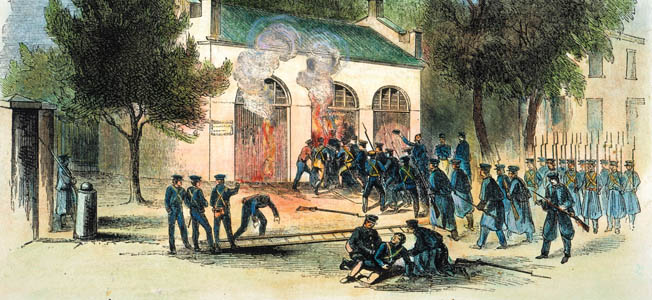
J.E.B. Stuart
On the morning of October 17, 1859, an aide to Secretary of War John B. Floyd hurried off with an urgent message for Colonel Robert E. Read more
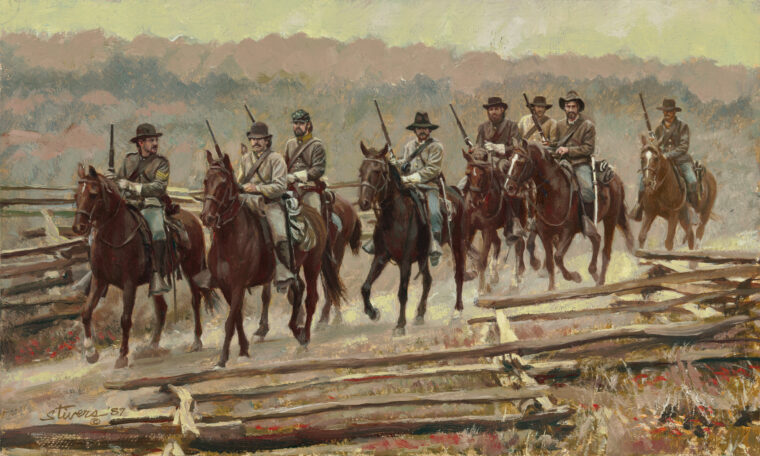
J.E.B. Stuart
“Fighting Joe” Hooker was fighting mad when he summoned his chief of cavalry, Brig. Gen. George Stoneman, to his headquarters at Falmouth, Virginia, on February 26, 1863. Read more
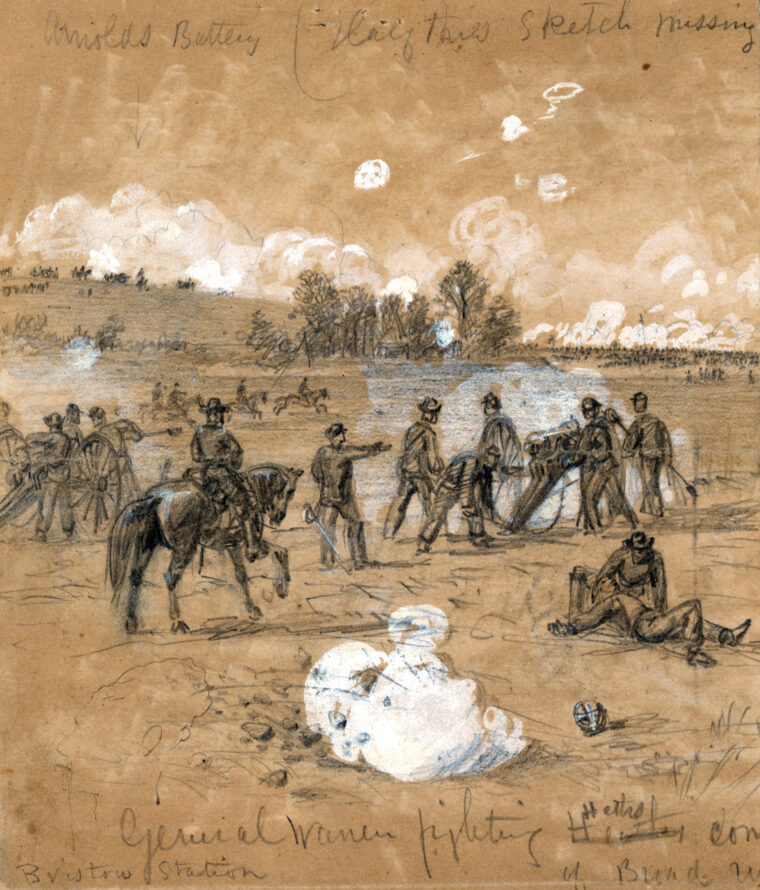
J.E.B. Stuart
In late July 1863, after the conclusion of the Gettysburg campaign, the Union Army of the Potomac, under Maj. Read more
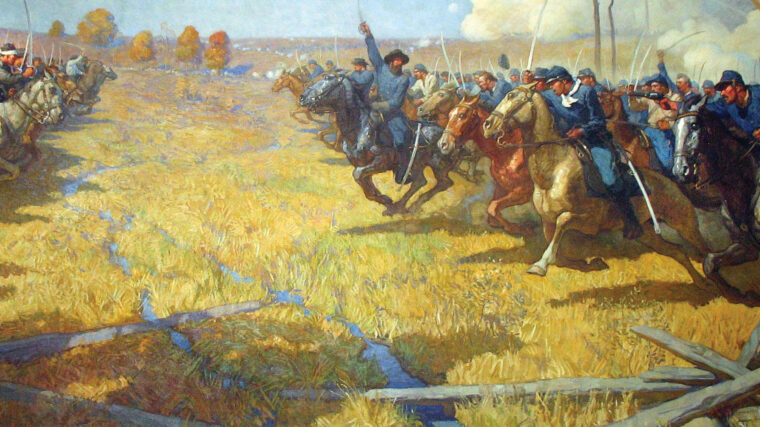
J.E.B. Stuart
Under a bright, high sun in a pale blue Midwestern sky, six companies of the United States Cavalry’s 1st Regiment rode into a grassy valley bordering the south fork of the Solomon River in northwestern Kansas on the afternoon of July 29, 1857. Read more
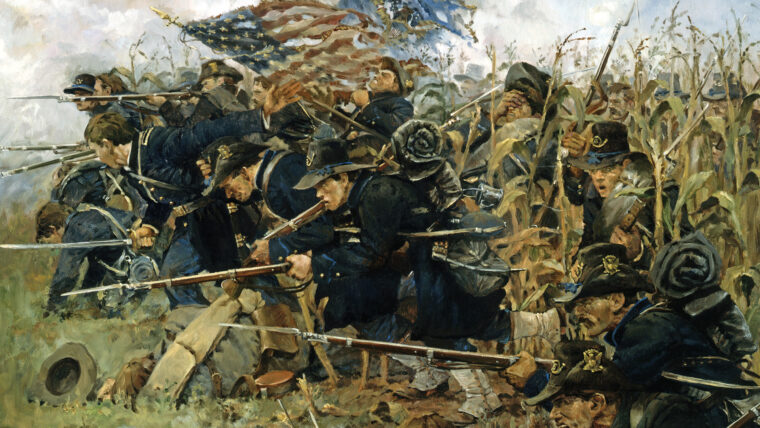
J.E.B. Stuart
The White House was a somber place in the summer of 1862. The Civil War was in the midst of its second costly year, and the Union armies had yet to win a significant victory in the eastern theater. Read more
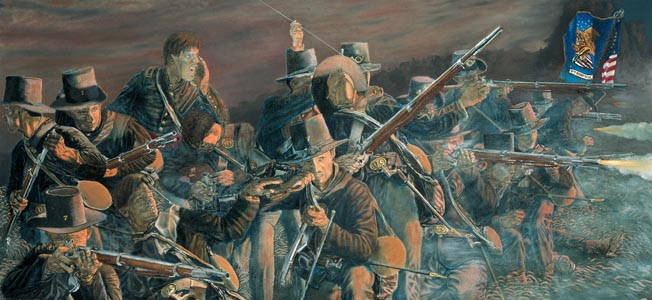
J.E.B. Stuart
The ground around Manassas, Virginia, was not auspicious for Union Army forces in the first two years of the Civil War. Read more
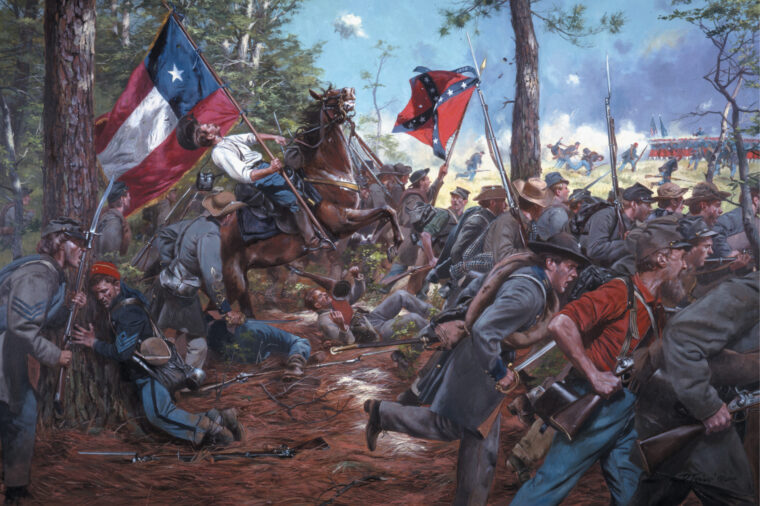
J.E.B. Stuart
Sent into north-central Virginia to threaten Richmond on a second front, McDowell had managed to get lost in the woods near Gainesville and lost touch with his command for 12 full hours. Read more
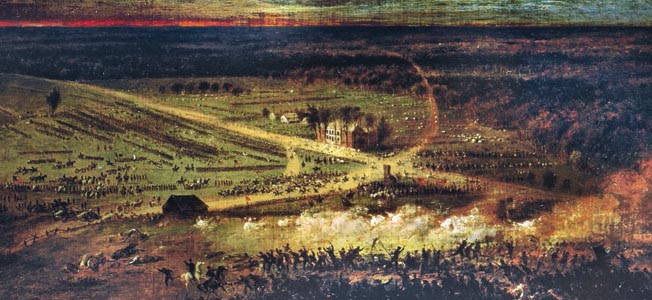
J.E.B. Stuart
The city of New York provided more regiments than did many states during the Civil War, and the deeds of several of its regiments, such as the 9th New York “Hawkins’s Zouaves,” 39th New York “Garibaldi Guard,” and 42nd New York “Tammany Regiment” are well known. Read more